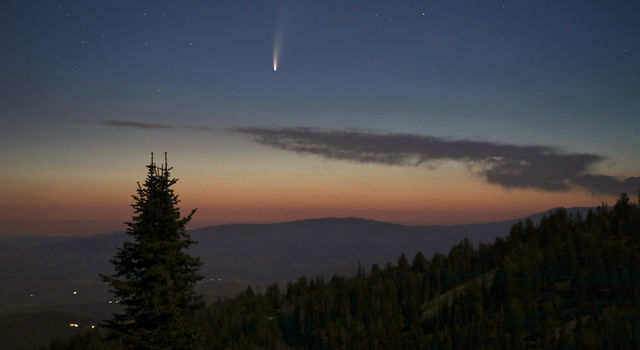Blogs | Southern Exposure | December 16, 2015
The Anticyclone
Why go to Antarctica to fly balloons? The answer is the anticyclone that sets up over the continent in December. The anticyclone is a weather system in the upper atmosphere in which the winds flow counter-clockwise around the continent. The wind flow can keep balloons afloat for long flights and allow for recovery of the payload so it can be flown again.
Each rotation around the continent is approximately 14 days. These wind patterns typically set up around December 15, although they can be ready as early as December 5 or as late as December 25. This year, the winds are expected to be in place around December 18, so in just a couple of days. The anticyclone pattern usually lasts one to two months, and some payloads teams will often try for two or three trips around the continent. The longest flight was 55 days.
However, the atmospheric winds aren't the only condition for launch. We must also wait for a window in which the ground winds and lower atmospheric winds of several hundred feet flow in the same direction and all at less than six knots (about seven miles per hour). Sometimes the teams get lucky and can launch in just few days. Sometimes the wait is several weeks. There is no easy answer when someone asks me when the payload will launch. Simply put, the weather cannot be predicted with much accuracy until a few days ahead of time. There is a NASA meteorologist who gives daily weather briefings to assess the center of the anticyclone and now also the prospects for a launch. Barring something unexpected, the GRIPS payload will almost certainly launch first. (Due to the complexity of our payload, we need a few extra days to get ready.) They will start looking for launch windows starting early next week, so stay tuned.
TAGS:STO-2, ANTARCTICA, MCMURDO, ASTRONOMY, ASTROPHYSICS, BALLOONING







